It can be very frustrating when a person finally buys that pair of shoes they have been wanting for a while, and then, the first night, those shoes give them awful, and painful, heel blisters. Unfortunately, blisters are a common experience! The question is, what can you do to treat a nasty blister on your heel as soon as possible?
What are blisters and how do they occur?
Blisters are essentially bubbles of fluid formed under the skin. Even though blisters seem like a problem as they cause so much pain and discomfort, a blister's role is actually to protect the skin from more severe damage. When a tight shoe starts to press heavily against the skin or to rub against it repeatedly, causing serious friction, a blister is formed as a natural defense mechanism.

Most blisters are completely harmless and go away after a few days, as long as you make sure that you don't continue to subject the same spot on your foot to more pressure (such as by continuing to wear the same pair of shoes). However, some blisters can become infected and may require medical attention. Because of their location, at the bottom or on the back of the heel, blisters are prone to irritation and infection, especially if they burst.
- bubbly and a different color than the surrounding skin,
- skin colored,
- itchy,
- painful.
How to treat blisters
Ideally, it would be best to avoid wearing footwear completely when a blister occurs. Of course, going barefoot is not always possible, so it is recommended to at least wear open heeled shoes or sandals, or any kind of shoe that doesn't cause more friction in the same place, so the blister is not exposed to further irritation.
A blister should never be popped, even if it is bulging with fluid. The fluid you see within the blister protects the wound from infection and the liquid inside is working on healing it faster. A blister will eventually pop by itself but even then, the skin should not be pulled or cut.
The area around the blister should be thoroughly cleaned, first with an antibacterial soap and then with rubbing alcohol or peroxide. Peroxide might be better because it does not sting as much as alcohol and disinfects and removes the germs from the blister.
After cleansing the blister, it should be left to dry and then it is recommended to apply an over-the-counter antibacterial ointment.
A blister should be left to breathe as much as possible, especially at home and in other hygienic environments. When going out, the blister should be covered with gauze attached with a band aid to protect it against bacterial contamination. The shoes you choose should ideally be with open heels, but if it is not possible, for example if it is winter and you are having cold weather, the blister should be protected with a soft gauze or cotton pad, to provide a layer against friction.
There is always a possibility of infection of the blister — watch out for these, so you'll know when to seek medical attention. The signs of an infection around your blister can include redness, pain, skin that feels warm to the touch, blood and/or puss, fever, and nausea. Blister infections require medical assessment and treatment by a professional.


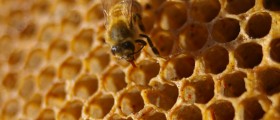
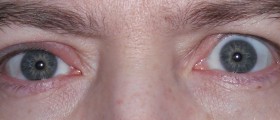
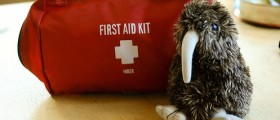
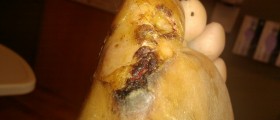

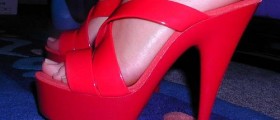
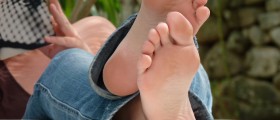
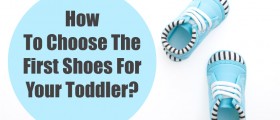
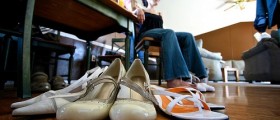
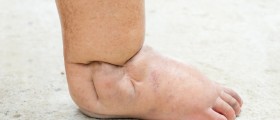
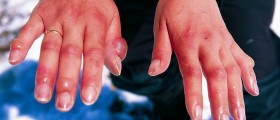
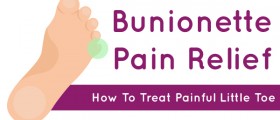
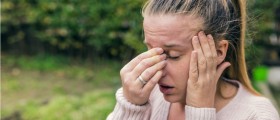
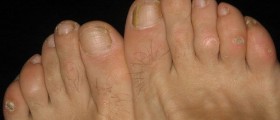
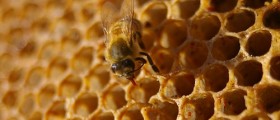
Your thoughts on this
Loading...